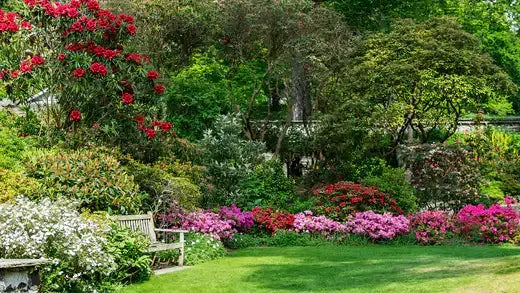
Regarding pest and disease control in a perennial garden, it's essential to focus on preventive measures and integrated pest management (I.P.M.) strategies to maintain a healthy and thriving garden...
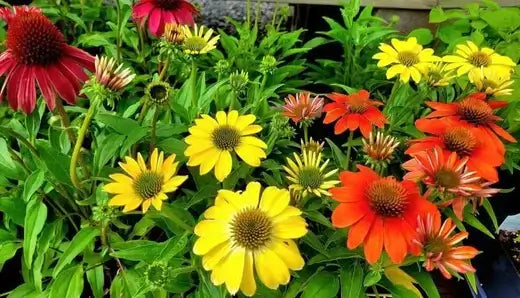
Pruning and deadheading are essential to maintaining a healthy and vibrant perennial garden. These two techniques involve removing specific parts of the plant, such as stems, flowers, or foliage, a...
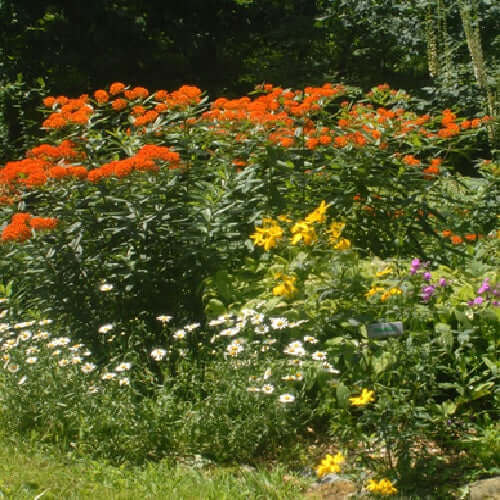
Establishing and growing perennial plants in your garden can be rewarding and relatively low-maintenance. Perennial plants suitable for your climate, soil type, and available sunlight. Consider fac...

Among the many remarkable species that deserve attention, milkweed, jewelweed, coneflowers, beebalm, and blazing star stand out as exceptional choices for promoting pollinator populations and enha...
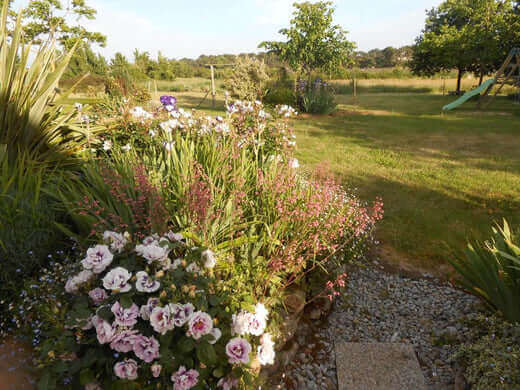
Perennials are plants that live for more than two years, typically flowering and producing seeds multiple times during their lifespan. Unlike annuals, which complete their life cycle within one gro...
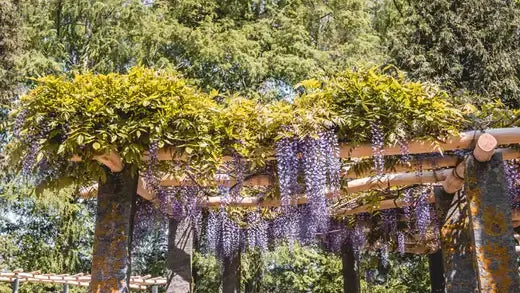
A pergola is not just an outdoor structure; it's a portal to serenity. In our bustling lives, the ability to step into a space where nature and tranquility reign can be a precious gift.

Here's a guide to help you care for perennials throughout the year: Spring: Clear debris: Begin by removing dead leaves and twigs that may have accumulated around the plants during winter. It helps...
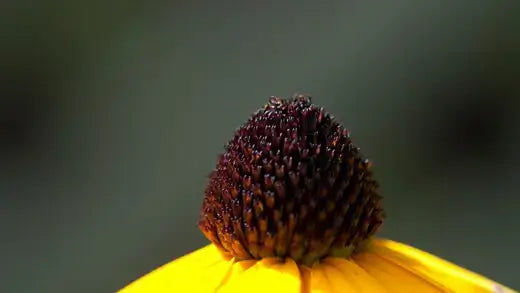
Native outdoor perennials bring the beauty and resilience of the natural world into your indoor spaces. While they are accustomed to thriving in outdoor environments, with the proper care, many nat...
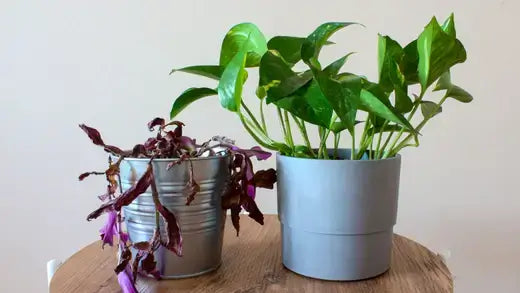
Perennials are plants that live for more than two years, often coming back year after year. This longevity means you don't need to replant them annually like you would with annuals. This can save ...
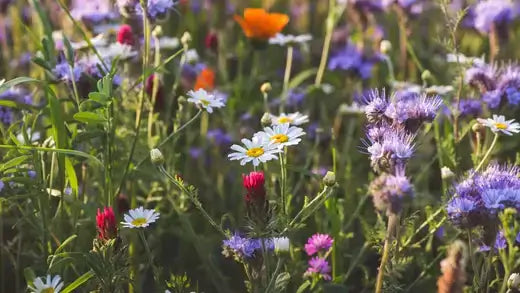
Landscaping is more than just arranging plants and elements in an aesthetically pleasing manner; it also plays a critical role in environmental sustainability, biodiversity conservation, and ecosys...
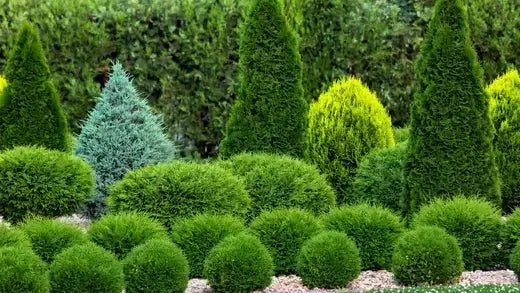
By selecting conifers with varying shades of green, you can create striking contrasts or harmonious monochromatic arrangements that transform with the changing light throughout the day and seasons.

Beyond the tangible yields, planting with a purpose invites us to slow down and observe the intricate interplay between organisms, seasons, and ecosystems. It encourages a deeper understanding of t...

